Kalaupapa National Historical Park
When Hansen's disease (leprosy) was introduced to the Hawaiian Islands, King Kamehameha V banished all afflicted to the isolated Kalaupapa Peninsula on the north shore of Molokai. Since 1866, more than 8,000 people, mostly Hawaiians, have died at Kalaupapa. Once a prison, Kalaupapa is now a refuge for the few remaining residents who are cured but were forced to live their lives in isolation.
Kalaupapa is an extremely isolated place, surrounded on three sides by ocean and two-thousand foot cliffs on the fourth. Consequently, there is no road access into the peninsula. Kalaupapa cannot be reached by automobile. To get to the park, visitors must travel by air, mule, or on foot. See the park's Direction and Transportation webpage for additional information.
- Guided Tours
- Living History
- Museum Exhibits
- Asian American Heritage
- Pacific Islander Heritage
- Science, Technology and Innovation
- Tragic Events
Overview of Kalaupapa Peninsula
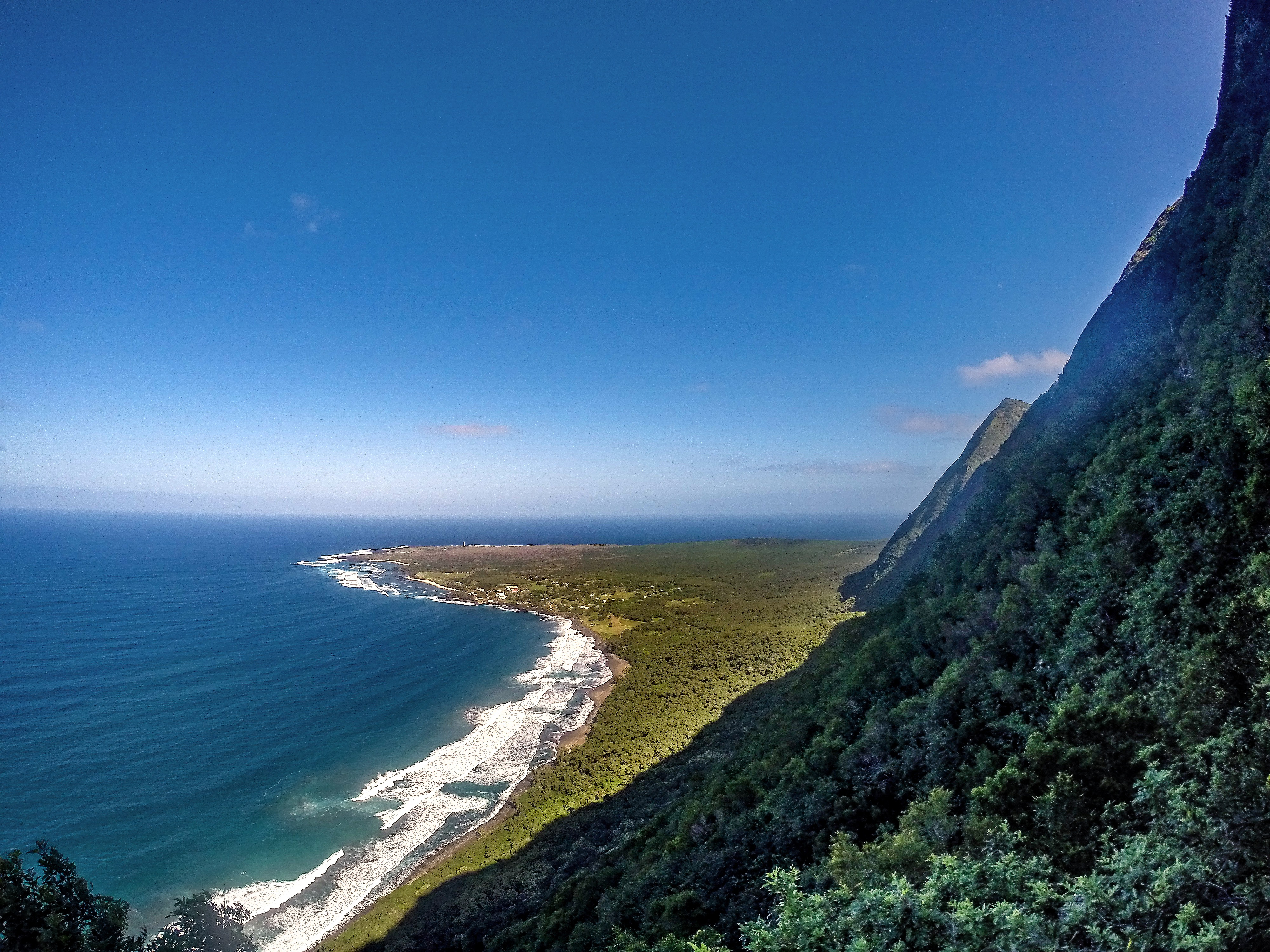
The Kalaupapa peninsula was once a prison for those inflicted with Hansen's disease. Approximately 8000 people were forced to live their lives in isolation here.
Pali (Sea cliffs) at Kalaupapa
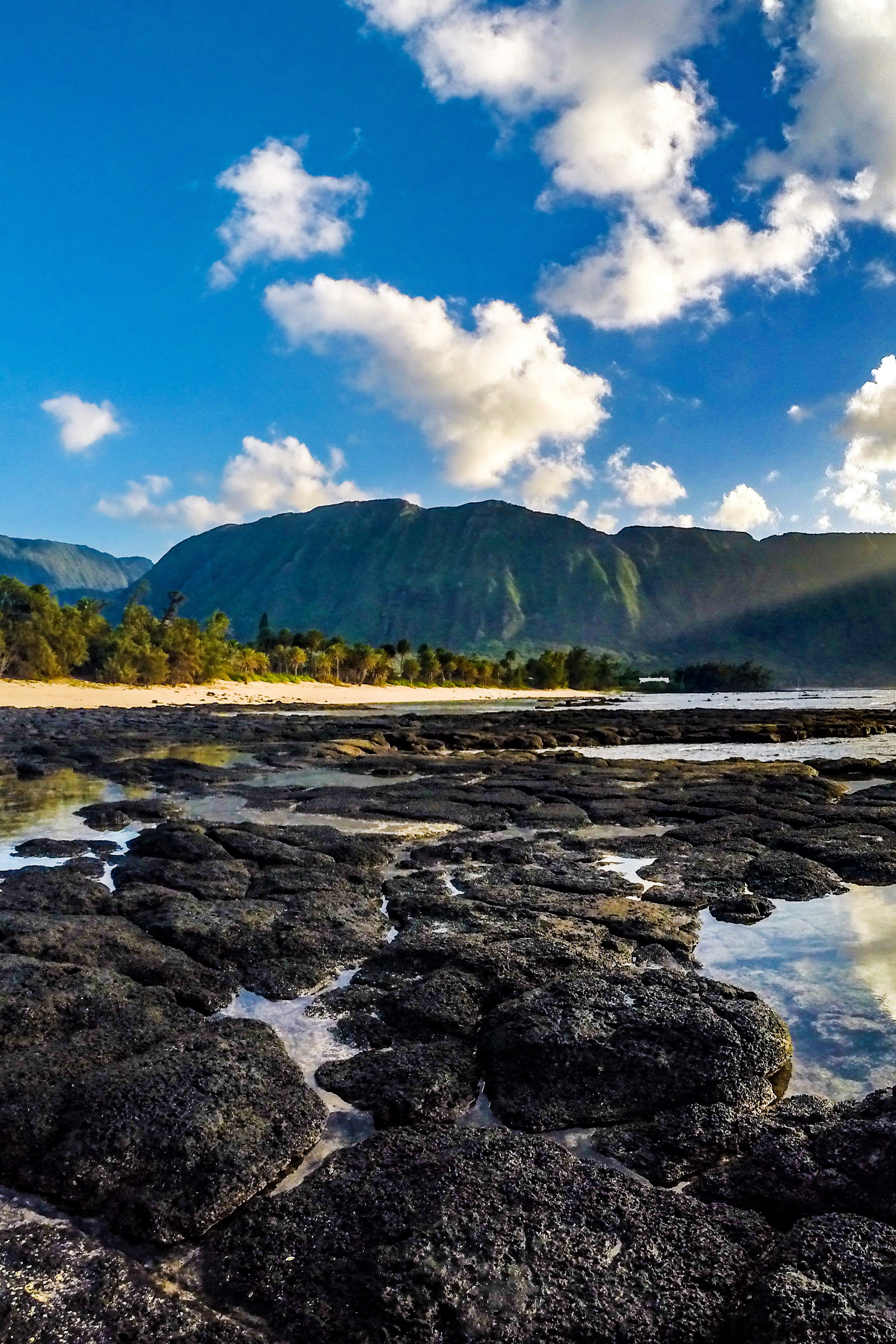
Kalaupapa National Historical Park contains some of the world's tallest sea cliffs, which formed a natural barrier to the Hansen's disease settlement.
Kalaupapa Settlement
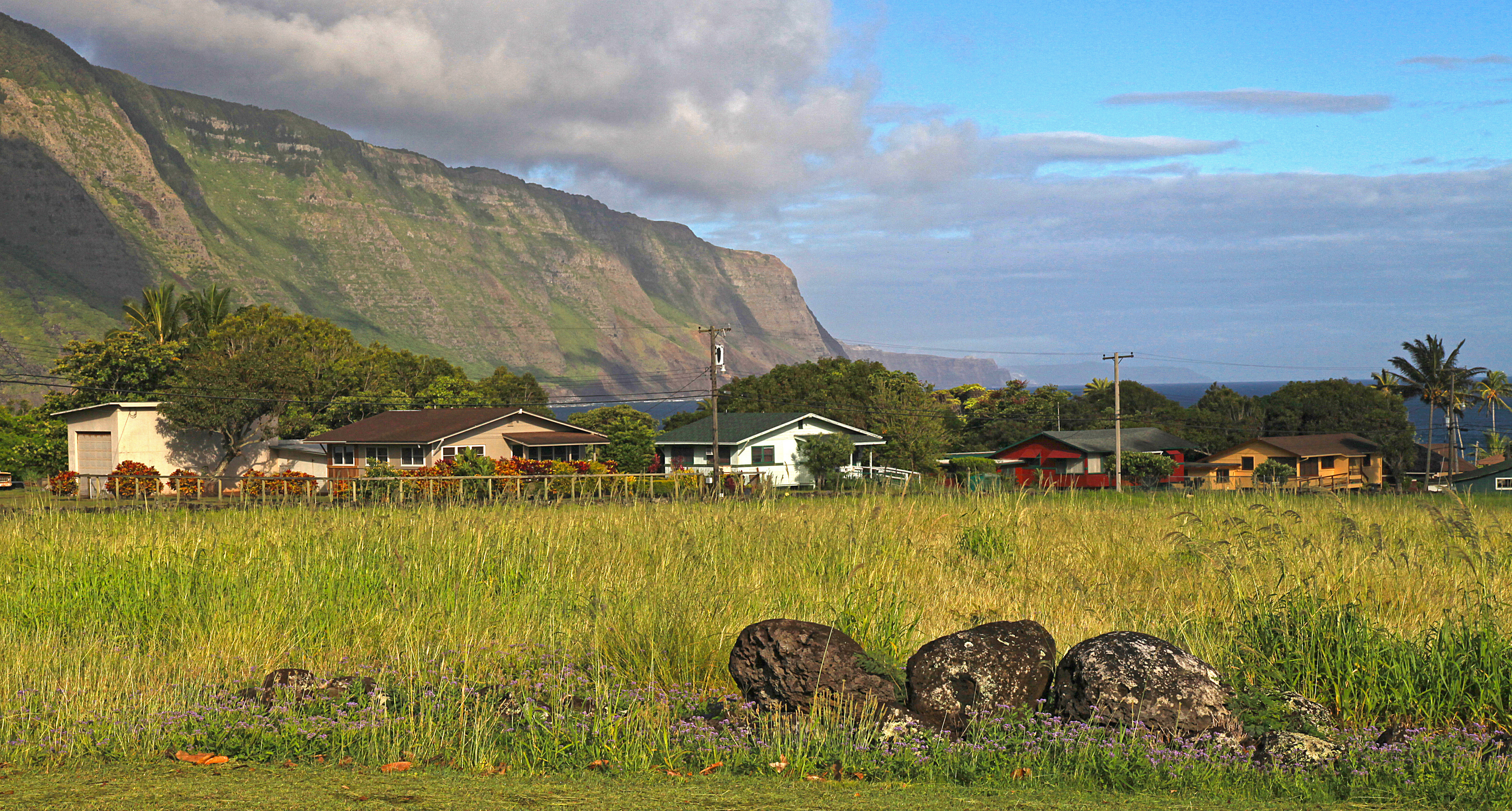
Patients lived in a combination of group homes and single family residences at Kalaupapa.
Kalawao at Sunrise
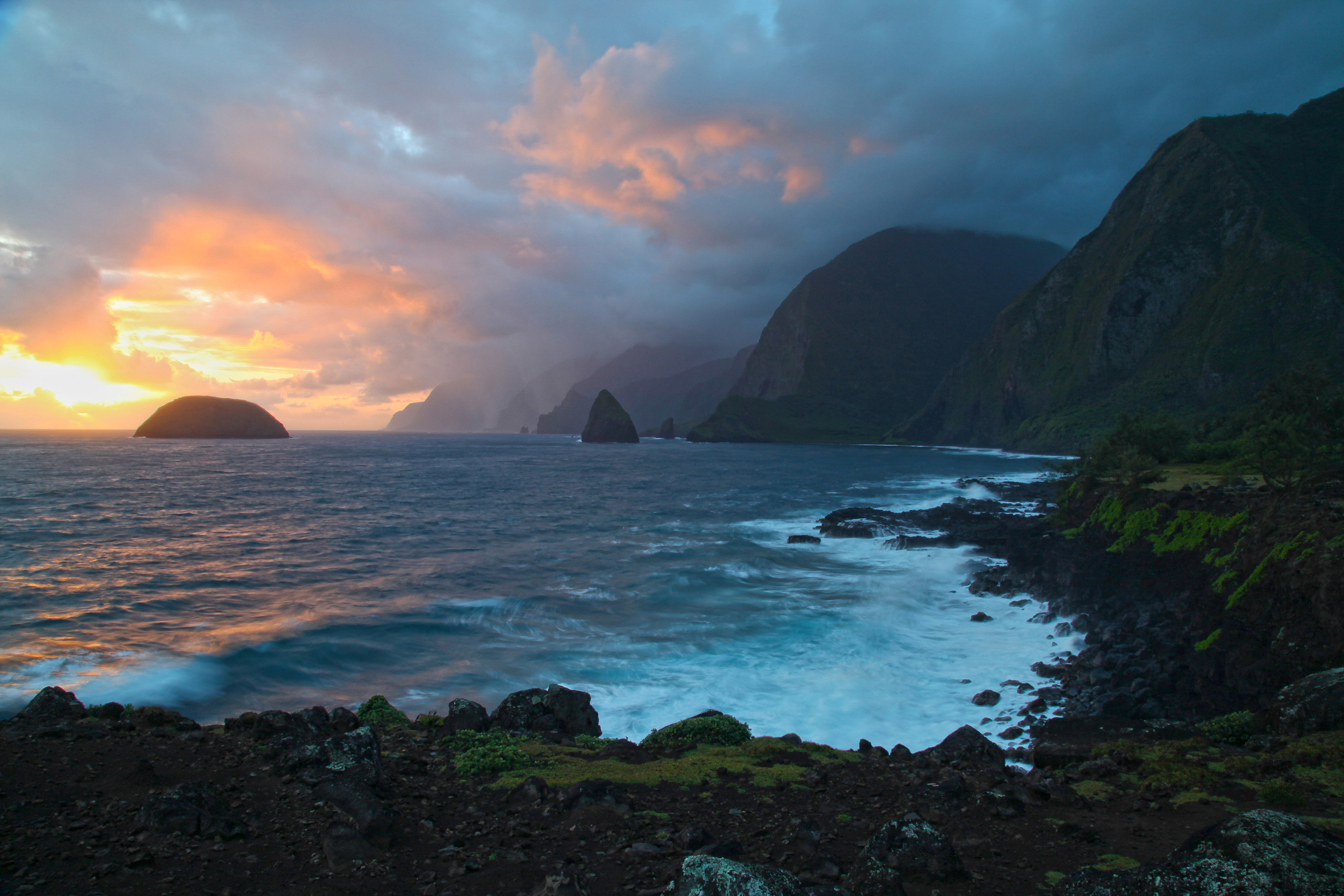
Kalawao with its rocky shoreline was the landing spot for the first Hansen's disease patients sent to Kalaupapa.
Black Sand Beach
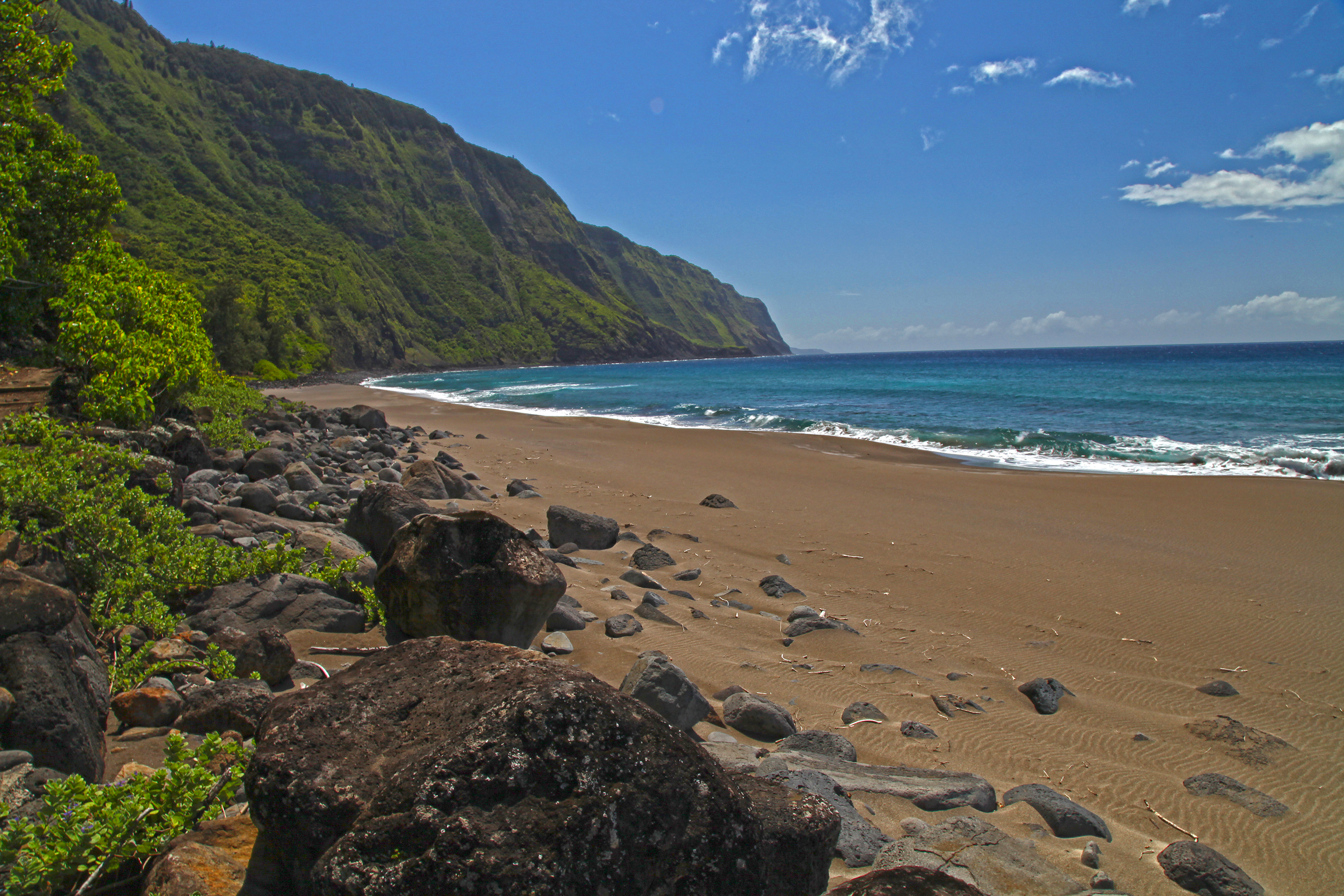
Black Sand Beach is one of several sandy beaches at Kalaupapa, most known for its sea turtle nesting habitat.
Archeological Sites at Kalaupapa
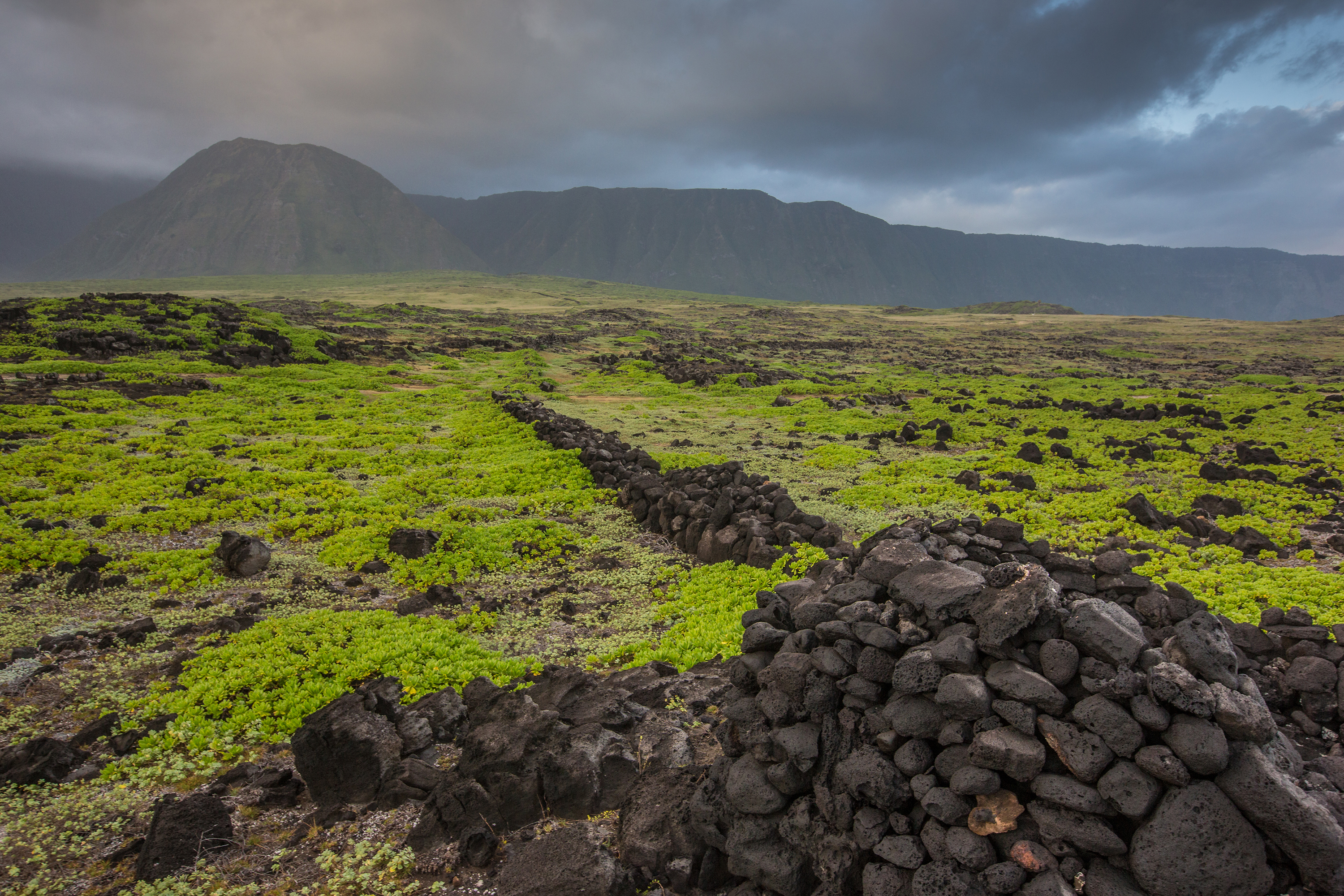
Kalaupapa is also home to one of the most well-preserved archeological complexes in all of Hawaii.
Siloama Church at Kalawao
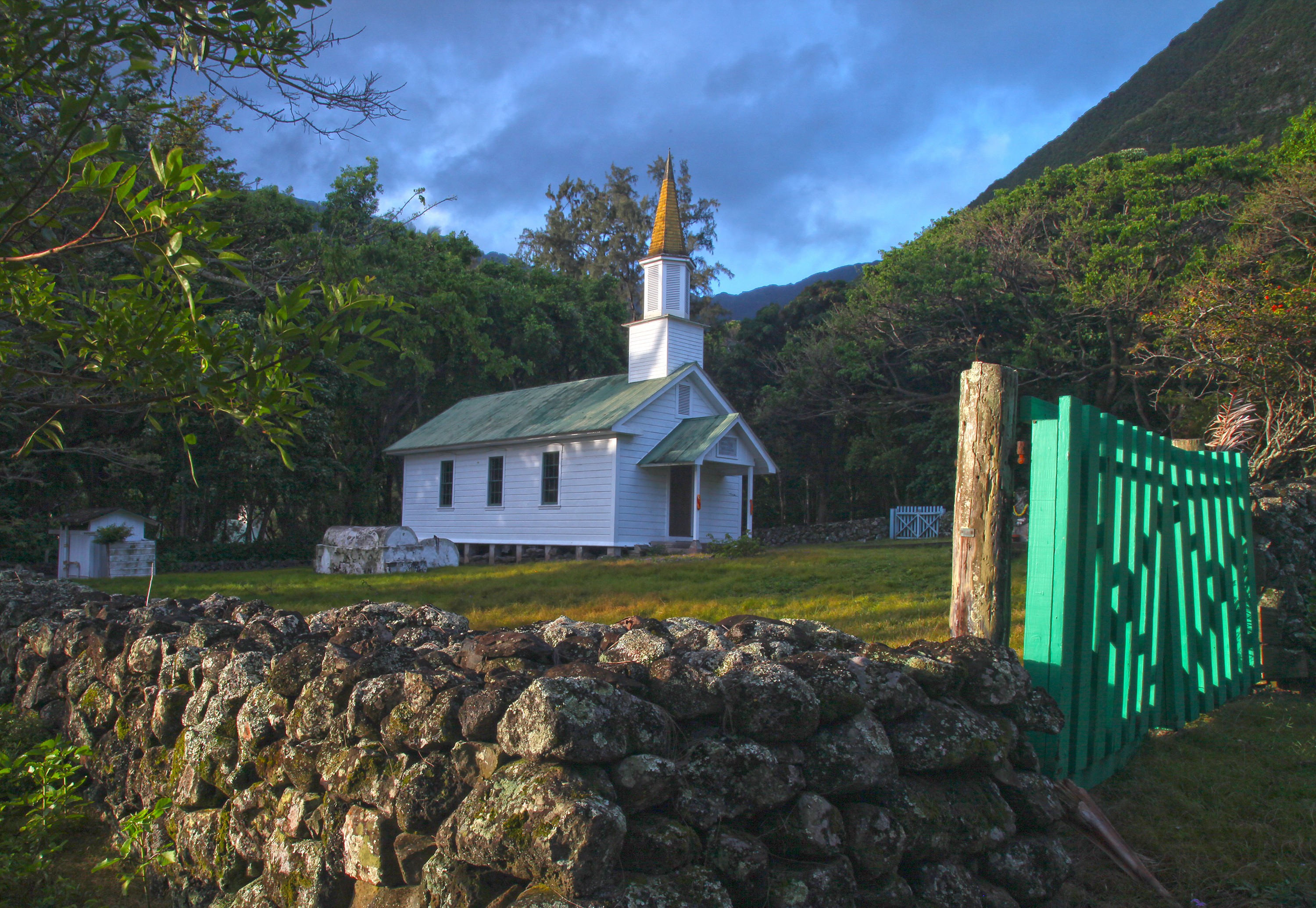
Siloama Church was the first church established at Kalawao in 1866. It is one of two remaining buildings at Kalawao today.
St. Damien's Grave
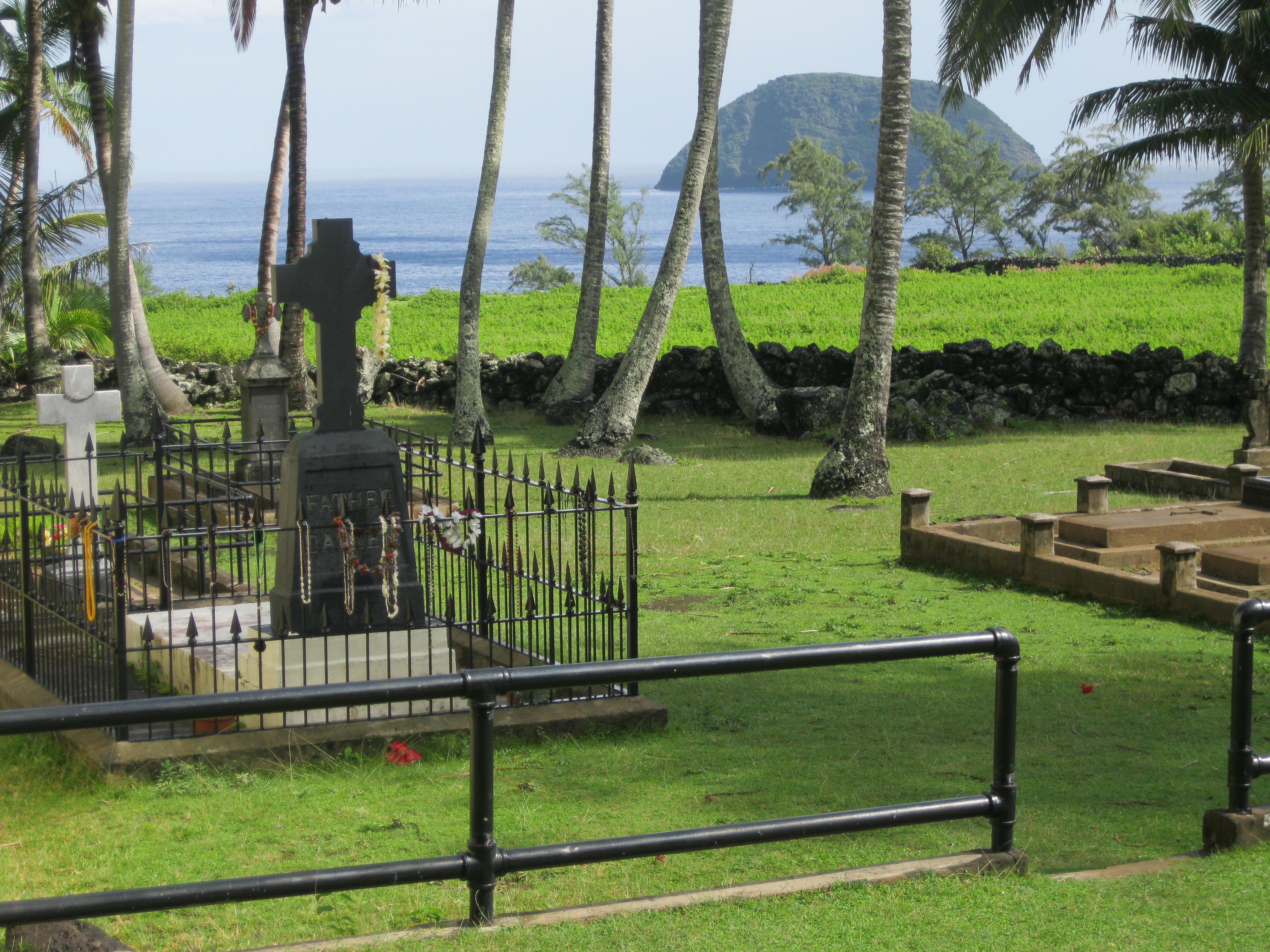
Saint Damien is one of two Catholic saints at Kalaupapa who came to serve the Hansen's disease patients in the late 19th century.
Paschoal Hall
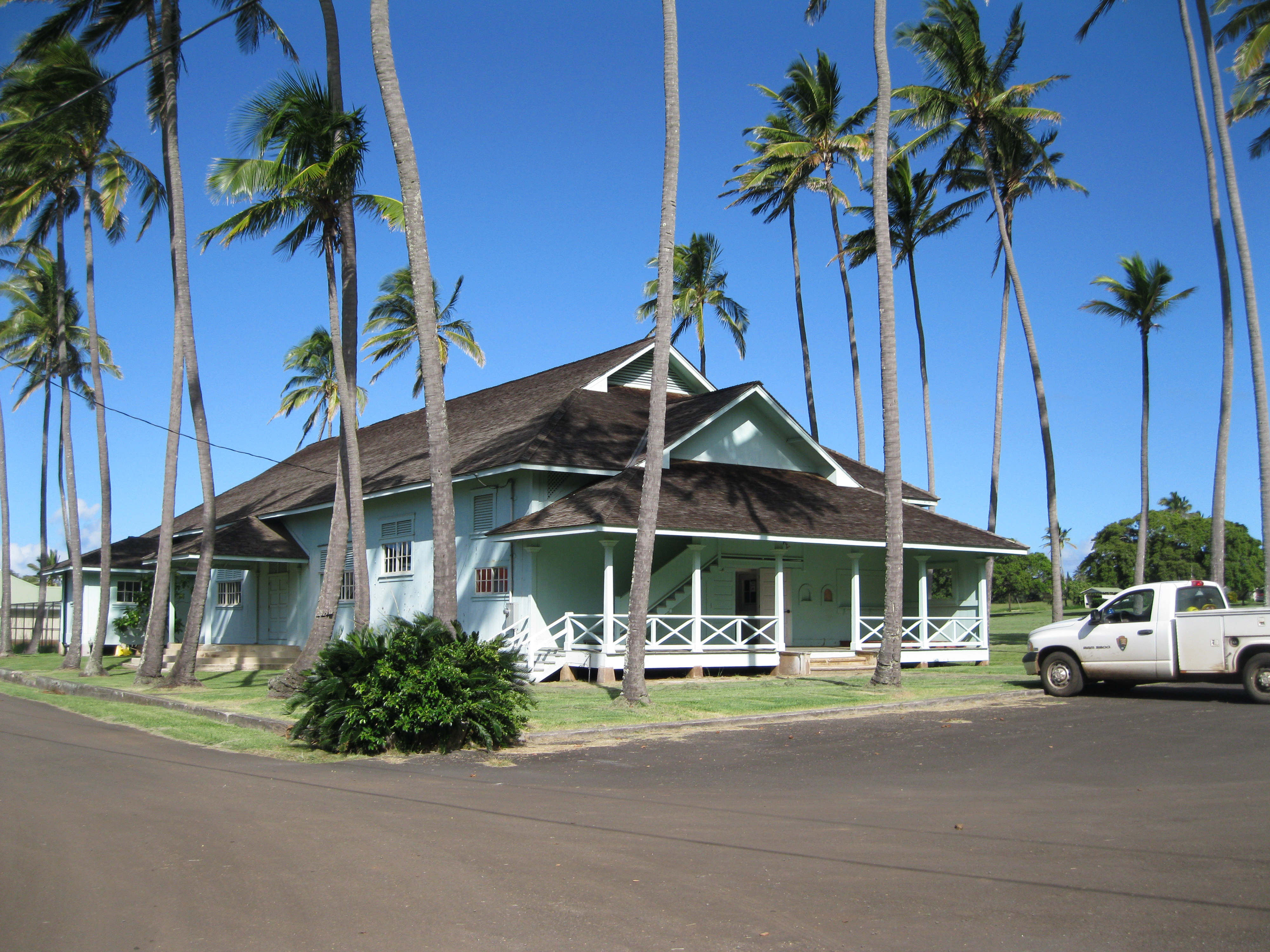
Paschoal Hall, also known as the Kalaupapa Social Hall, served as the community's recreational center with movies, entertainers, and dances.
Papaloa Cemetery
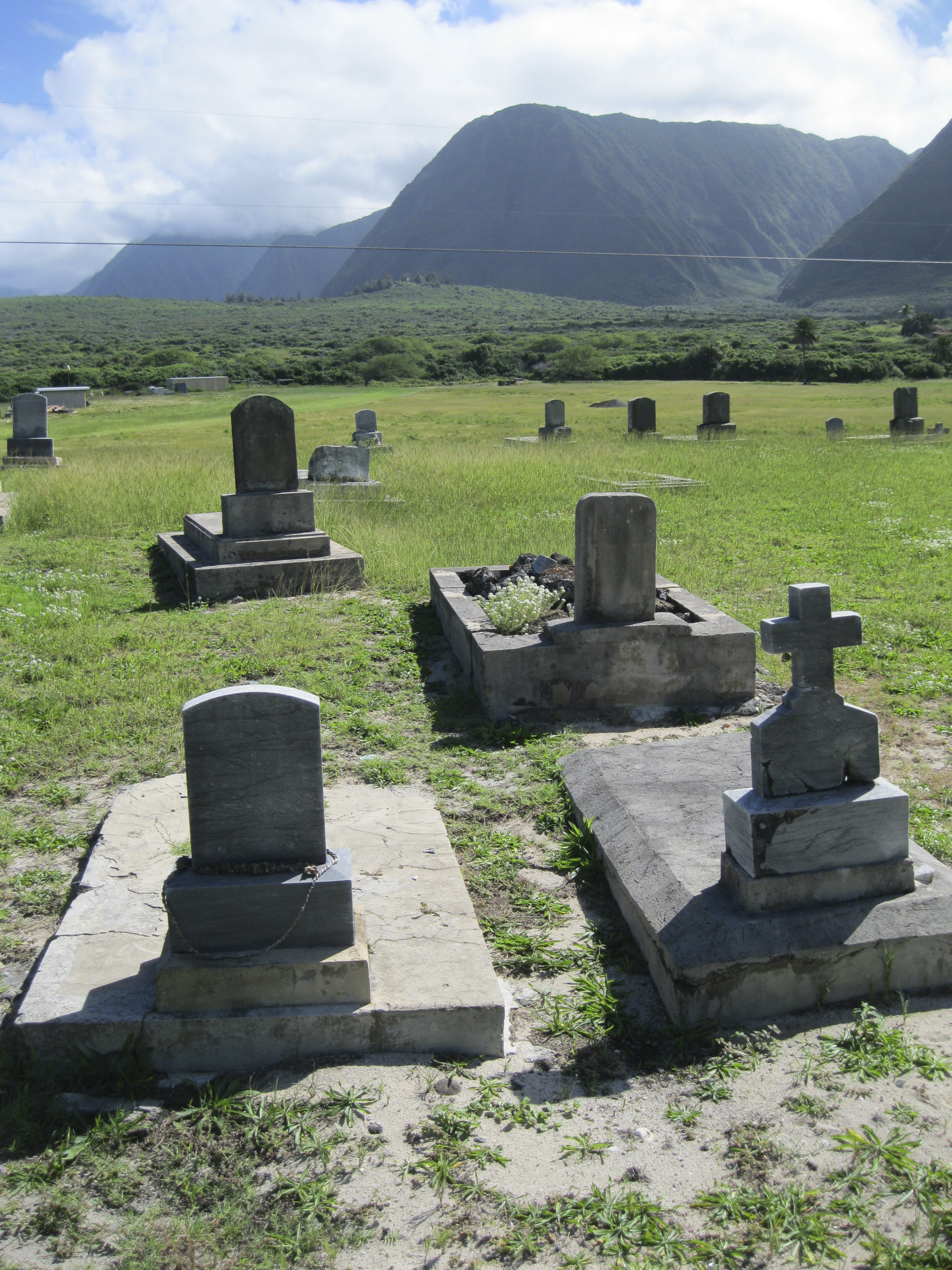
Kalaupapa is the final resting place for approximately 8000 people. Papaloa Cemetery is the largest cemetery located along the west shoreline of the peninsula.
Kana'ana Hou Church
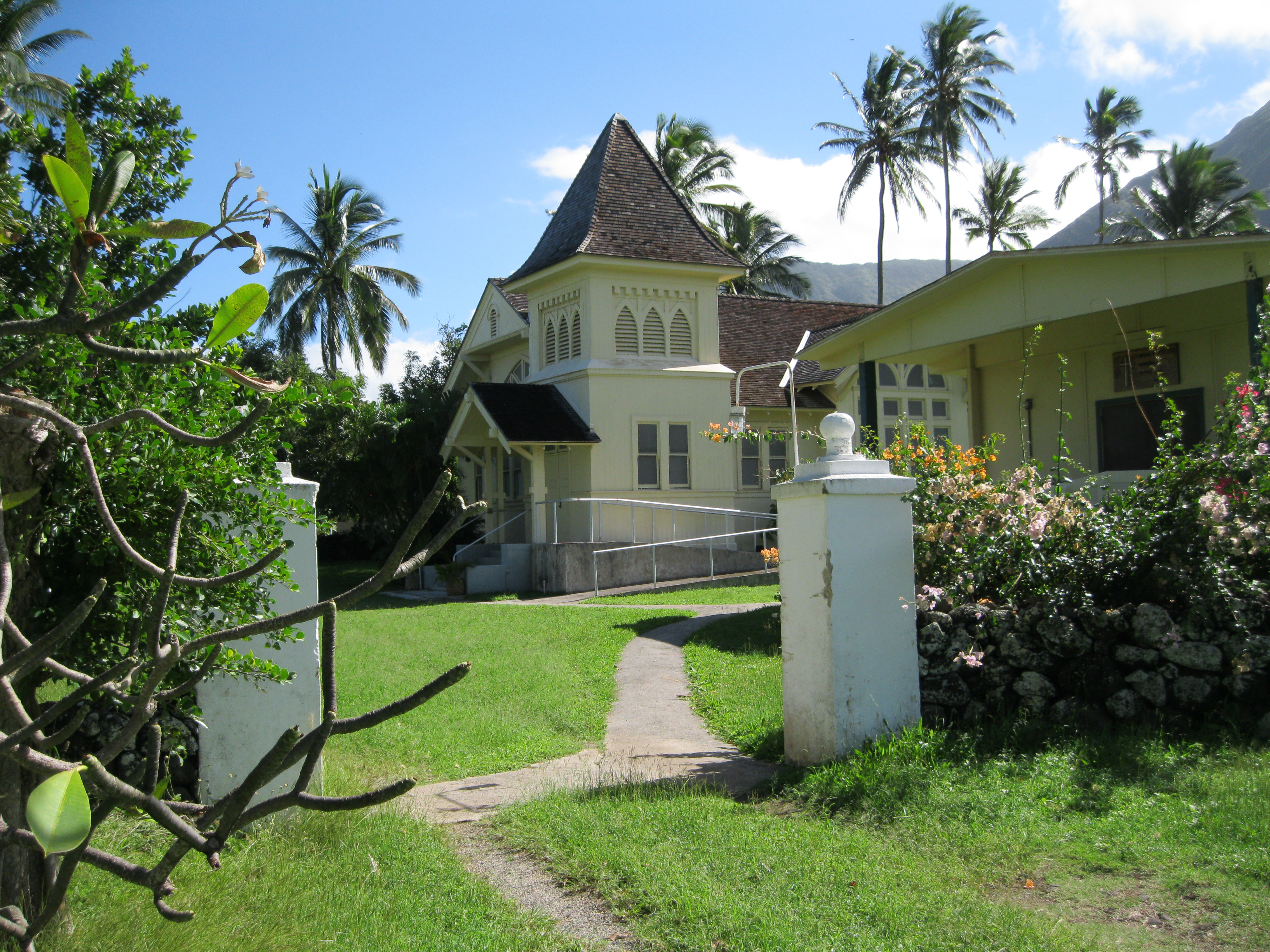
Religion was a prominent part of patients' lives at Kalaupapa. Protestant, Catholic, and Mormon churches were established at both Kalawao and Kalaupapa settlements.
Kalaupapa Pier
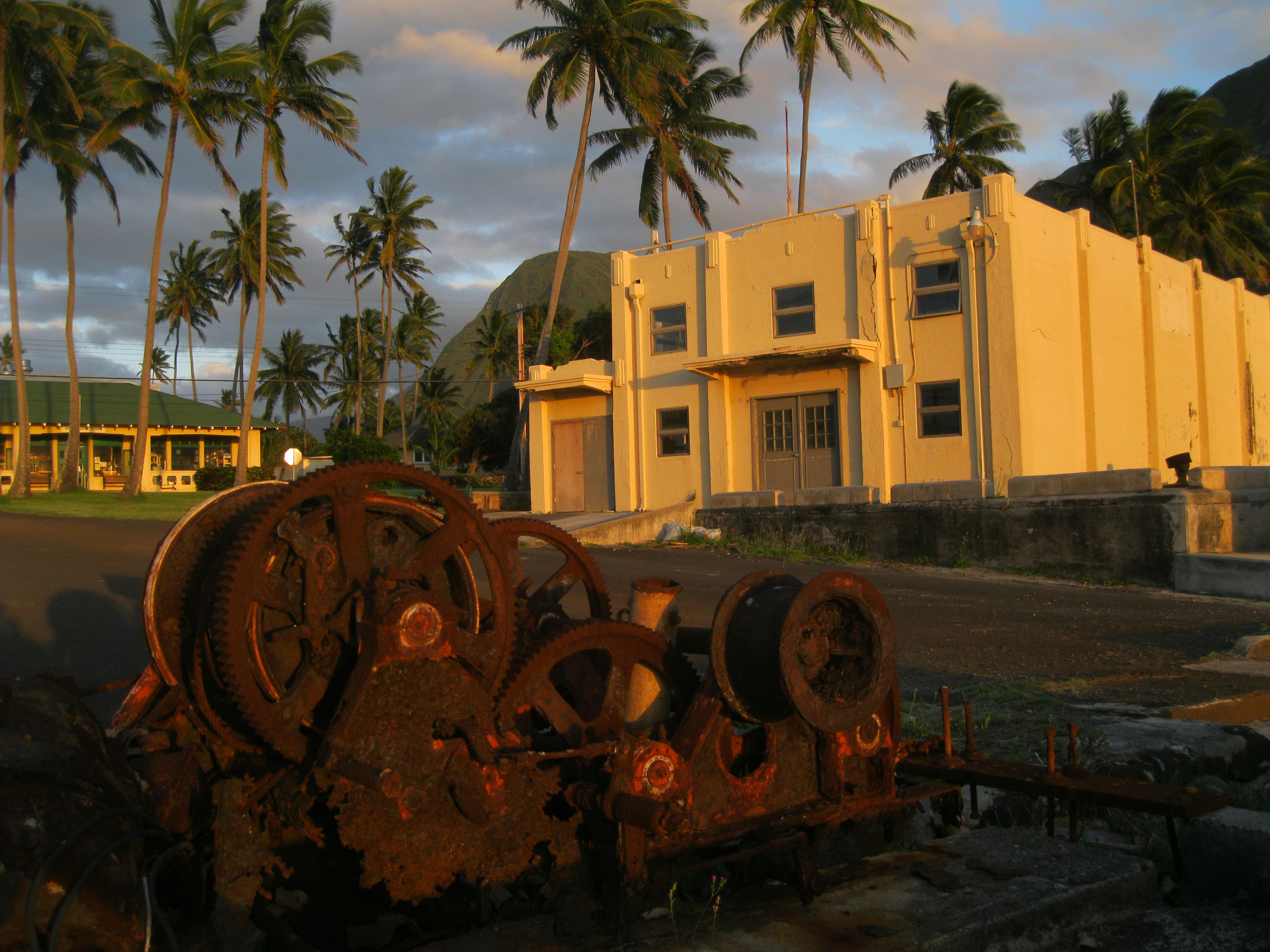
The Kalaupapa Pier, warehouse, and store were the lifeline of the settlement during the 20th century. Historically, shipments of goods and supplies were sent to Kalaupapa weekly.